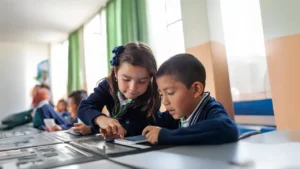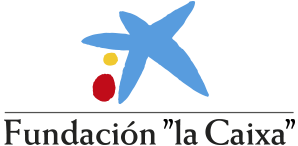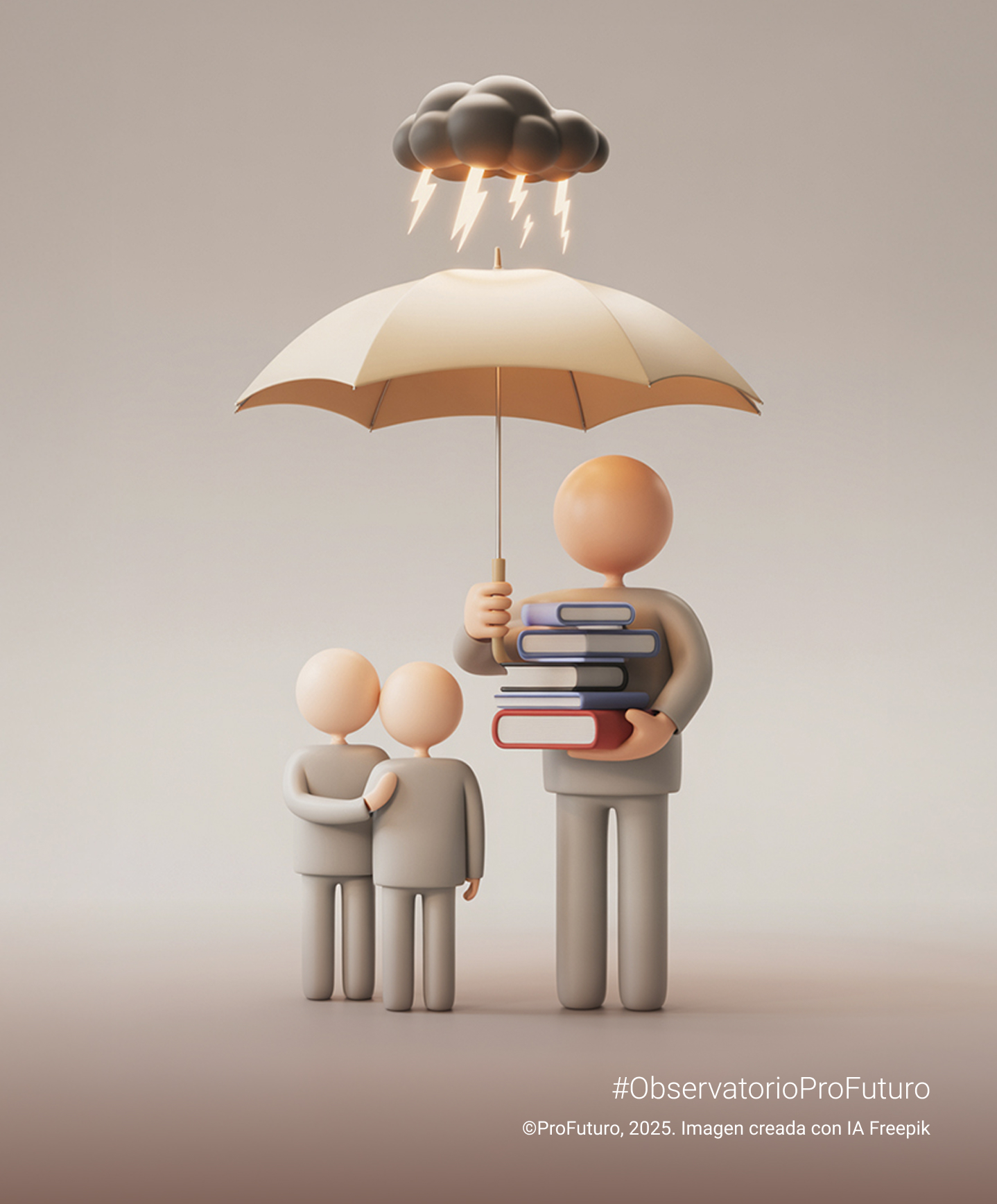
Bad news always travels faster and further than good news. In Latin American education, this is an empirical law. Each time PISA test results are released or an international organisation updates its diagnosis of the region’s school systems, headlines are filled with words such as “crisis”, “failure”, and “emergency”. And, to some extent, they are right. The indicators are alarming: low levels of learning, high inequality, persistent dropout rates, and weak institutions.
However, this perception is incomplete. Not only because of what it hides (genuine efforts and brave policies born amid difficulties), but also because of what it erodes: the very possibility of believing in change. For the past 20 years, I have dedicated myself to studying processes of educational improvement in Latin America: schools, municipalities, provinces, and states that have managed to sustainably improve public education, often in contexts of poverty and with limited resources.
Over these two decades, my quest and research have revolved around one question: Who can change education in Latin America? This concern has led me to visit hundreds of schools, interview headteachers, teachers and officials across various countries, and coordinate large-scale research into subnational education systems. The most recent project involved analysing 486 subnational education jurisdictions in six countries (Argentina, Brazil, Chile, Colombia, Mexico and Peru) over 15 years. We looked for signs of sustained improvement. And we found them. Few, yes, but powerful.
How do education systems improve in Latin America?
Based on this rigorous systematisation — one of the largest of its kind in the region — we selected 12 cases of educational improvement, with varying degrees of depth and scale, which taught us that there are no instant solutions or miracles. As we shall see, all successful cases share a common characteristic: educational improvement takes time, political continuity, technical capacity, pedagogical commitment, and a culture of evaluation aimed at support, not punishment.
The guiding question of our research was clear: how do education systems improve in Latin America? We wanted to move away from the usual country-focused approach and examine the differences within each country, where many crucial decisions are actually made: in states, provinces, communes, and municipalities.
This allowed us to expand the sample, escape country-to-country comparisons (limited by the small number of cases), and look for internal variation. Many countries have federal or decentralised structures, opening possibilities for different policy designs within the same national framework. Not all territories do the same. Some innovate, others stagnate, others regress.
The selected cases were classified into four types based on the level and consistency of their improvements. Only three of the 486 systems achieved what we called Type 1 cases: deep, sustained improvements over time, widely recognised by national experts. Ceará and Pernambuco in Brazil, and Puebla in Mexico, form this group. Then there are smaller-scale cases, such as San Nicolás and Longaví in Chile. And others, while not exceptional, show promising trajectories: Córdoba and Río Negro in Argentina; Bogotá and Boyacá in Colombia; Guanajuato in Mexico; Ayacucho and San Martín in Peru.
La mejora educativa lleva tiempo, continuidad política, capacidades técnicas, compromiso pedagógico y una cultura de evaluación orientada al acompañamiento, no a la sanción.
The case of Ceará: building with what’s available
Of all these cases, the most paradigmatic is Ceará, a state in Brazil’s northeast and one of the country’s poorest. There, based on an experience in the municipality of Sobral, an educational policy model was built that achieved astounding results.
Sobral is a small municipality that began its educational transformation in 2005. In just over a decade, it went from being below the national average to outperforming private schools in São Paulo, Brazil’s richest state. It did so through a combination of pedagogy-focused measures: curricular clarity, focus on early literacy, frequent assessments, leadership training, aligned materials, and constant school support.
The key to this incredible improvement was not funding (which was limited). Nor was it simply technology. The real “culprit” of this transformation was a systemic and sustained vision of educational change. A robust technical structure was designed, with teams that supported schools, produced teaching materials, and continuously systematised information. Measurement was not a punishment, but a compass for timely action.
With that experience as a base, years later, Sobral’s leaders took on responsibilities in Ceará’s state government and scaled up the model significantly. This meant facing a far more complex challenge: coordinating actions with 184 autonomous municipalities, which in Brazil have their own primary education powers. It involved aligning goals, coordinating policies across government levels, and building consensus around shared goals, such as literacy in the early years of schooling.
To achieve this, fiscal incentive mechanisms were designed to reward municipalities with better educational outcomes or the most progress in their indicators. This approach combined merit-based logic with territorial equity. It was also necessary to develop state capacities to sustain an ambitious long-term public policy: a specialised technical structure was created, pedagogical teams were trained to support schools, their own evaluations were designed and applied three times a year, and teaching materials aligned with the curriculum were produced. All this served one clear, shared goal: to ensure that every child learned to read and write at the expected time during the early years of primary education.
The programme included its own assessment conducted three times a year, pedagogical feedback to each school, printed materials for teachers and students, and an administrative organisation that operated as a team with a logic of continuous improvement. Nothing was left to chance: it was systematised, adjusted, and sustained.
Policies that care and challenge
Educational improvement requires a delicate balance between demands and care. When education systems focus solely on “showing results” without building capacity, resistance, teacher fatigue, or even data manipulation may arise. But when evaluation and accountability are abandoned, focus and direction are lost.
The systems that improved combined both dimensions. They used assessment to reveal each student’s learning, but without punishment or stigmatising public rankings. They returned the data to schools as tools for improvement. And they also invested in the training of principals, supervisors and teachers, creating support networks.
In Guanajuato (Mexico), for example, an ambitious early literacy programme is being developed that draws on several key elements from the Ceará model: structured materials, frequent assessments, feedback per student, and a strategy of continuous training that respects teachers’ knowledge but challenges them with new tools. The approach is not based on external pressure, but on mobilising professionalism from within the system.
Another strong example of a third way is found in El Salvador, where an NGO launched a mathematics teaching programme with concrete and measurable results, combining printed materials, active methodologies, and technology. It was not an isolated pilot, but a systemic experience, classroom-focused and sustained over time.
Systemic beats isolated cases
Another common mistake in education policy is the fetishisation of the “success story”: a standout school, an innovative experience, a charismatic leader. These experiences are valuable and can inspire, but if not integrated into a broader strategy, they become “islands of excellence in an ocean of inequality.” The exceptional alone does not transform. It needs an institutional architecture to sustain, replicate, and expand it.
Educational improvement does not depend on a “pedagogical hero” or one-off interventions. It requires systemic logic that connects all levels of the education system — from classroom to ministry — and creates structural conditions so that good practice becomes the rule, not the exception. That’s why the most promising cases in Latin America are those that institutionalised improvement: they didn’t rely on individuals, but on stable technical teams; not isolated efforts, but policies that integrated design, implementation and evaluation within a single framework.
That requires strong state capacity — scarce but essential. It means having professional structures within ministries and education departments, with continuity beyond electoral cycles. It involves integrated information systems, monitoring tools, and, above all, an organisational culture that learns, adapts and perseveres. It also means coordinating with civil society and the private sector — but with clear public governance, where educational priorities are defined by the common good, not external agendas.
Change is possible, but not inevitable
Returning to the question posed at the start of this article — who can change education in Latin America? — the most honest answer is: many actors at once. The state, without doubt, bears the greatest responsibility and power to drive transformation. But it cannot do it alone. It needs the commitment of teachers, family involvement, civil society support, private sector contributions (under clear rules), and a public opinion that no longer normalises educational inequality.
Changing education is not the task of solitary heroes. It is a collective process, requiring leadership, patience, and determination. And above all, it must become a social and political obsession.
Because there is no democracy or sustainable development without schools that teach all children well, from the start. And because, amid so much bad news, nothing inspires more hope than seeing a school thrive where once there was only neglect. That is the kind of news that should travel fastest and furthest.






